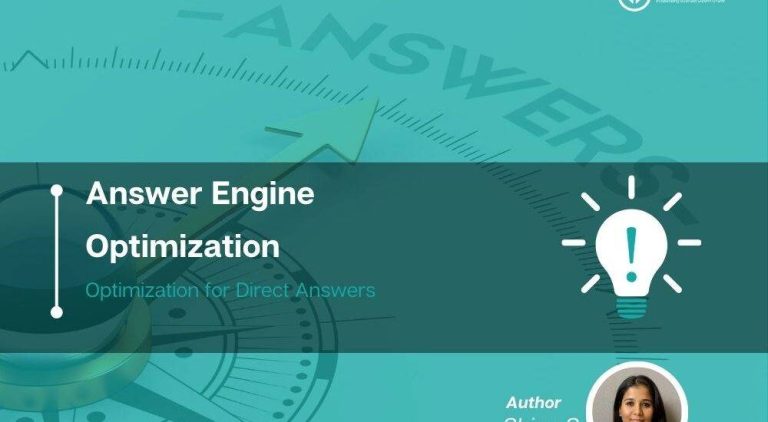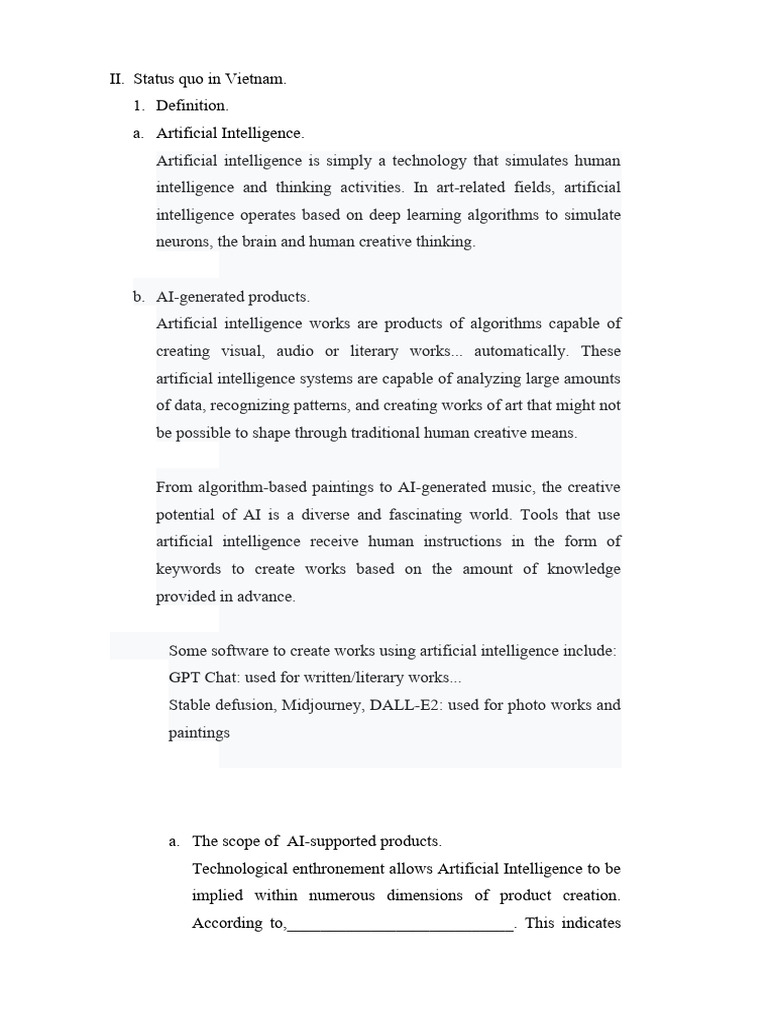
In the ever-evolving world of search engine optimization (SEO), staying ahead means understanding how search engines interpret and rank content. One of the most powerful, yet often overlooked, strategies is co-occurrence—a method that leverages naturally related terms to enhance semantic SEO. As Google and other search engines continue to prioritize user intent and context over keyword repetition, co-occurrence has become a cornerstone of modern SEO practices.
This article will explore what co-occurrence strategy is, why it matters in 2025, and how you can implement it effectively to improve your website’s visibility, engagement, and rankings. Whether you’re an SEO professional or a content creator, this guide will help you unlock the full potential of semantic SEO through natural language optimization.
What Is Co-Occurrence Strategy and Why It Matters
Co-occurrence strategy refers to the practice of using naturally related terms and phrases together in content to signal relevance and context to search engines. Instead of focusing solely on exact match keywords, this approach emphasizes the relationships between words, helping search engines understand the broader topic and intent behind a piece of content.
For example, if a page targets the keyword “organic gardening,” including related terms like “compost making,” “soil health,” and “sustainable practices” increases the likelihood that the page will be seen as authoritative and relevant for a wider range of queries.
Search engines like Google use co-occurrence to determine the semantic richness of content. By analyzing which terms appear together, they can better understand the context and value of a web page. This makes co-occurrence a critical factor in improving both search visibility and user engagement.
According to recent studies, pages with high co-occurrence rates tend to rank higher for broader, more complex queries. This is because search engines reward content that provides comprehensive, contextually rich information rather than just repeating a single keyword.
How Co-Occurrence Strategy Impacts SEO Performance
The impact of co-occurrence on SEO performance is multifaceted. Here’s how it influences key metrics:
1. Improved Search Visibility
By incorporating related terms, your content becomes more discoverable for a wider range of queries. For instance, a blog post about “digital marketing trends” could also include terms like “SEO best practices,” “content marketing,” and “social media analytics.” This not only helps with the primary keyword but also opens up opportunities for long-tail and related searches.
2. Enhanced User Engagement
Content that naturally includes related terms tends to be more informative and engaging. Users are more likely to stay on a page that answers their questions thoroughly, leading to lower bounce rates and longer dwell times. These signals are important for SEO, as they indicate that your content is valuable and relevant.
3. Better Alignment with Search Intent
Search engines are increasingly focused on matching user intent. Co-occurrence helps ensure that your content aligns with the intent behind a query. For example, if someone searches for “how to start a business,” including terms like “business plan,” “funding options,” and “market research” signals that your content addresses all aspects of the user’s needs.
4. Increased Authority and Trust
Pages that demonstrate a deep understanding of a topic through co-occurrence are often perceived as more authoritative. This can lead to higher trust from both users and search engines, resulting in improved rankings and more organic traffic.
Step-by-Step Implementation Framework
Implementing a co-occurrence strategy requires a thoughtful, data-driven approach. Follow these steps to optimize your content effectively:
1. Define or Audit the Current Situation
Start by identifying the main topics and keywords you want to target. Use tools like Google Search Console, Ahrefs, or SEMrush to analyze existing content and see which terms are already performing well. This will help you identify gaps and opportunities for improvement.
2. Apply Tools, Methods, or Tactics
Use keyword research tools to find related terms and phrases. Platforms like AnswerThePublic, Ubersuggest, and Google’s “People Also Ask” section can provide insights into what users are searching for. Additionally, consider using AI-powered tools like SurferSEO or Clearscope to analyze top-ranking content and identify semantic patterns.
3. Measure, Analyze, and Optimize
Once you’ve integrated co-occurrence into your content, track its performance using analytics tools like Google Analytics and Search Console. Look at metrics such as organic traffic, bounce rate, and time on page to assess the effectiveness of your strategy. Continuously refine your approach based on data and user feedback.
Real or Hypothetical Case Study
Let’s look at a hypothetical case study to illustrate the power of co-occurrence strategy.
Scenario: A fitness blog wants to improve its rankings for the keyword “beginner workout routines.”
Implementation:
– The blog starts by identifying related terms such as “home workouts,” “no-equipment exercises,” and “fitness for beginners.”
– They incorporate these terms naturally into their content, ensuring that each article covers multiple aspects of the topic.
– They also update meta tags, headers, and image alt text with relevant co-occurring terms.
Results:
– Within six months, the blog sees a 40% increase in organic traffic.
– Bounce rates drop by 25%, indicating that users are finding the content more engaging.
– The blog ranks for several long-tail keywords, including “best beginner workout plans” and “easy home workouts.”
This case study demonstrates how co-occurrence can drive measurable improvements in SEO performance.
Tools and Techniques for Co-Occurrence Strategy
To effectively implement co-occurrence, consider using the following tools and techniques:
- SurferSEO – Helps analyze top-ranking content and identify semantic clusters of related terms.
- Ahrefs – Provides keyword suggestions and insights into co-occurring terms.
- AnswerThePublic – Reveals common questions and related terms users are searching for.
- Google’s “People Also Ask” Section – Offers real-time insights into user intent and related queries.
- Ubersuggest – Identifies keyword opportunities and analyzes competitor content.
- Grammarly or Hemingway Editor – Ensures that your content reads naturally while incorporating co-occurring terms.
Future Trends and AI Implications
As AI continues to shape the future of search, co-occurrence will become even more important. Search engines like Google are increasingly relying on natural language processing (NLP) to understand the context and meaning behind content. This means that content that uses co-occurrence effectively will be rewarded with higher rankings.
Additionally, voice search and multimodal search (which combines text, images, and video) are becoming more prevalent. In these scenarios, co-occurrence helps ensure that your content is recognized as relevant across different formats and platforms.
To stay ahead, focus on creating content that is not only optimized for keywords but also rich in semantic meaning. This will help your content perform well in both traditional and emerging search environments.
Key Takeaways
- Co-occurrence strategy uses naturally related terms to enhance semantic SEO and improve search visibility.
- It helps search engines understand the context and relevance of your content, leading to better rankings and user engagement.
- Implementing co-occurrence requires a data-driven approach, including keyword research, content optimization, and continuous analysis.
- Tools like SurferSEO, Ahrefs, and AnswerThePublic can help identify and integrate co-occurring terms effectively.
- As AI and voice search evolve, co-occurrence will play an even more critical role in SEO success.
Meta Title: Co-Occurrence Strategy — Boost Your Semantic SEO with Natural Language
Meta Description: Learn how co-occurrence strategy enhances semantic SEO by using naturally related terms to improve search visibility and user engagement.
SEO Tags (5): co-occurrence, semantic seo, natural language, keyword strategy, on-page optimization
Internal Link Suggestions:
– [Parameter #12: Topical Depth & Relevance]
– [Parameter #13: Original Insights]
– [Parameter #14: Evergreen & Fresh Balance]
External Source Suggestions:
– https://support.google.com/webmasters/answer/90445
– https://www.searchenginejournal.com/what-is-co-occurrence-seo/378977/
– https://ahrefs.com/blog/co-occurrence-seo/








